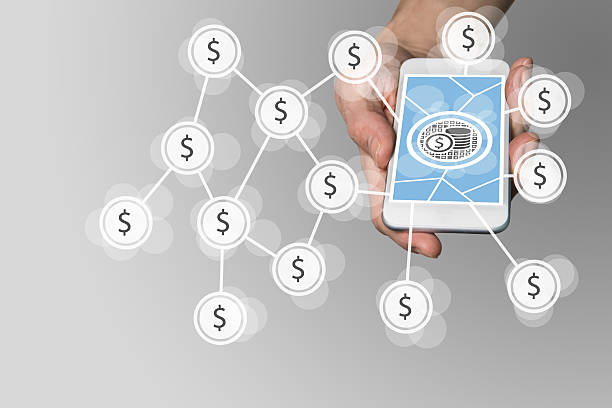
Artificial intelligence is proliferating across virtually every industry, helping guide budget forecasts, manage inventory, detect fraud, optimize energy use, track vehicle fleets and even create new medicines.
But for brands and creators, AI is all about generating content. Thanks to Large Language Models and other advancements, we are overwhelmed with content today.
Getting consumers to buy that content, on the other hand, is proving more tricky.
Last year, for example, 84% of video creators were not able to monetize their work. This year—even as the creator economy continues to grow by leaps and bounds—more than half of content creators struggle with limited reach and fluctuating income.
One of the main reasons is that consumers keep bumping into subscription paywalls, ads and other barriers as they try to access it. And they’re tired of it.
When it comes to the massive market for new content, creating more isn’t the problem. Consumption is. And when content creators and media owners change the paradigm when it comes to how their content is consumed, they will unlock the virtually unlimited potential that exists to monetize it.
The War for Attention
If you are a consumer today, and are browsing online, something new and different is always just one click away. These are the salad days for people and businesses creating new online content – but it’s tough for those trying to monetize it.
As time goes on, traditional online content business models—subscriptions or ad-supported platforms—are falling further out of favor with consumers, who increasingly expect to access what they want, how and when they want it.
In fact, 39% of users are likely to cancel at least one subscription service within the next year. Today’s consumer wants a song but not the full album. They want the game but not the sports network. They want the specific story but not the whole newspaper.
Brands and content owners who insist on selling the whole enchilada are going to be increasingly unhappy—and unprofitable—in the years ahead.
They need to rethink what they are asking consumers to do, and to commit to. Those that do this can win the war for attention, and keep consumers engaged even in a world of distractions.
The New Digital Economy
The new digital economy, driven by a new generation of content creators, can be unlocked with innovations like micropayments, which let consumers support independent artists, sportscasters, developers, and podcasters with small, affordable contributions.
Essentially dissolving a barrier for financial support that was created for the economy of the past, a-la-carte payments let creators and media owners earn income from audiences that would have been nearly impossible to monetize in the past.
Micropayments also enable financial inclusion, turning lower-income people in developing regions and underserved communities into content consumers – on their terms.
For many consumers, cryptocurrency has already shown what’s possible in terms of transferring small amounts of value quickly and with low fees. This has enabled new business models — but since few businesses transact in Bitcoin or Ethereum, few have experienced the benefits. What’s more, processing these payments can be energy-intensive, which makes them less practical — and less sustainable — for everyday microtransactions at scale.
But it’s time for this same payment flexibility to enter the mainstream.
Content Creators: Get More ROI on AI
If content owners are dissatisfied with the results they have been getting from AI-generated content, they need to focus on more than just its creation. They need to help consumers access what they want, when they want, at any price in any format without friction or barriers.
This is what the future business landscape will require.
While it may sound like a tall order, it’s something that can be accomplished with a universal technology layer that connects brands to consumers, converting attention into access into revenue.
Consumers have wanted the game–but not the sports network–for years, but until recently media owners have been unable to sell on a “per-game” basis. This is what’s beginning to change.
The infrastructure for a new model of consumption has been built, and more brands and media owners are beginning to flock to it. More are enabling digital wallets and other innovations that put consumers in the driver’s seat as they consume what they want on their own terms.
Creators need to embrace this same mindset, and the technologies that make it possible. In this way, they will get better returns as their AI-generated content floods the market.
Learn more here: Recast





